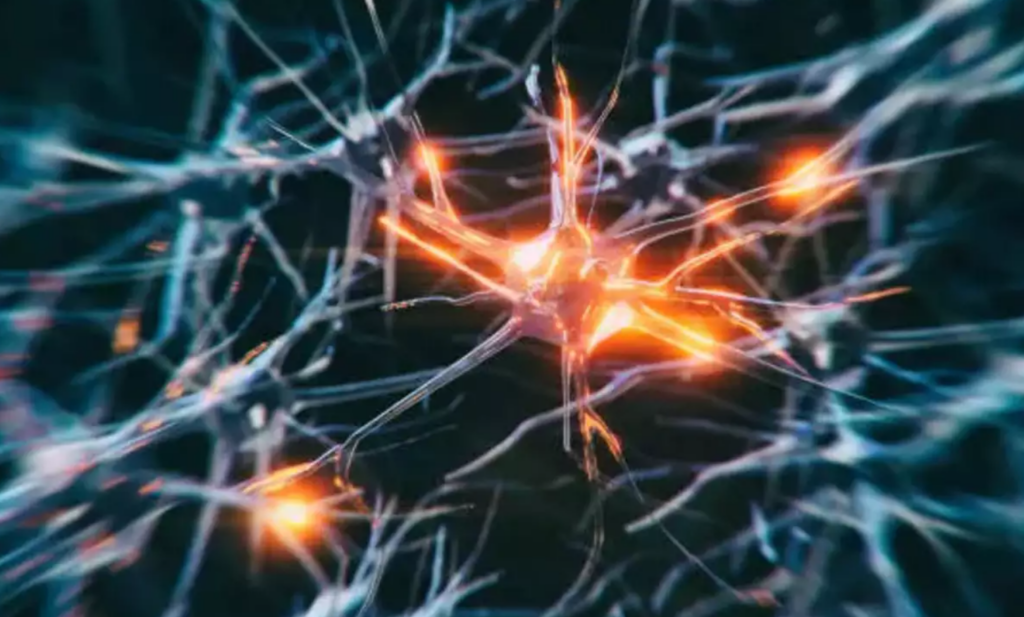Neuron-specific neurological disease therapies 2023

Cedars-Sinai researchers have devised computer-generated models in order to bridge the gap between “test tube” data about neurons and the function of these cells in the living brain.
Their research, which was published in the peer-reviewed journal Nature Communications, may facilitate the development of therapies for neurological diseases and disorders that target specific neuron types based on their functions.
The study’s senior author, Costas Anastassiou, PhD, a research scientist in the departments of Neurology, Neurosurgery, and Biomedical Sciences at Cedars-Sinai, stated, “This work allows us to begin viewing the brain as the complex machine that it is, rather than as a single, homogenous piece of tissue.”

“Once we are able to differentiate between the various cell types, rather than stating that the entire brain is afflicted with a disease, we will be able to ask which neuron types are affected by the disease and tailor treatments to those neuron types.”
The aim of the investigators was to connect the two worlds.
Neurons are the fundamental functional components of the brain. All thought, sensation, movement, memory, and emotion are caused by electrical impulses, which carry messages through these cells.
Focusing on the mouse’s primary visual cortex, which receives and processes visual information, the study used data from laboratory rodents to establish a new method for examining relationships between neuron type and function. It is one of the most thoroughly researched regions of the brain, both in vitro and in vivo. In vitro refers to the study of tissue in a dish or test tube outside the living organism.
Anastassiou stated, “Based on in vitro studies of genetic composition and physical structure, we know something about the appearance of various classes of neurons, but not their function in the living brain.” “When we record the activity of brain cells in vivo, we can see what neurons are responding to and what their function is, but we cannot determine which classes of neurons they are.”

To correlate form to function, researchers created computational models of various types of neurons and simulated their signaling patterns using in vitro data.
Next, they utilized the most recent single-neuron recording technology to observe activity in the brains of laboratory rodents while the mice were exposed to various visual stimuli. Based on the shapes of the signals or “spikes” generated by neurons in response to visual input, researchers classified the cells they recorded into six distinct categories.
“Once we had our models and in vivo data, the fundamental question was which computational models produced the most similar signaling shape and waveform to each of the six in vivo clusters we identified, and vice versa,” said Anastassiou. “Not all of the in vivo clusters and models matched perfectly, but some did.”
The ultimate objective is to pave the way for discoveries that improve the lives of patients.
Anastassiou stated that future research will be devoted to refining the method described in the current paper. Additional data and potentially experiments involving more complex visual stimuli may be required to match all the computational models and cell clusters, and Anastassiou stated that this will be the focus of future research.
“There is an abundance of information regarding the identity of cell types in the human brain, but none regarding the role of these cell types in cognitive functioning or how they are affected by disease,” Anastassiou said. “Now we have a window through which to examine these matters and pose these queries. It’s evident that we have a long way to go, but we’re eager to take the next steps on this voyage.”
Keith L. Black, MD, chair of the Department of Neurosurgery and the Ruth and Lawrence Harvey Chair in Neuroscience at Cedars-Sinai, said, “Our research scientists are constantly striving to increase our knowledge of the inner workings of the human brain on the most minute level.” “Pinning down the specific type and function of each neuron may one day lead to the discovery of lifesaving treatments for brain diseases and neurological disorders.”
